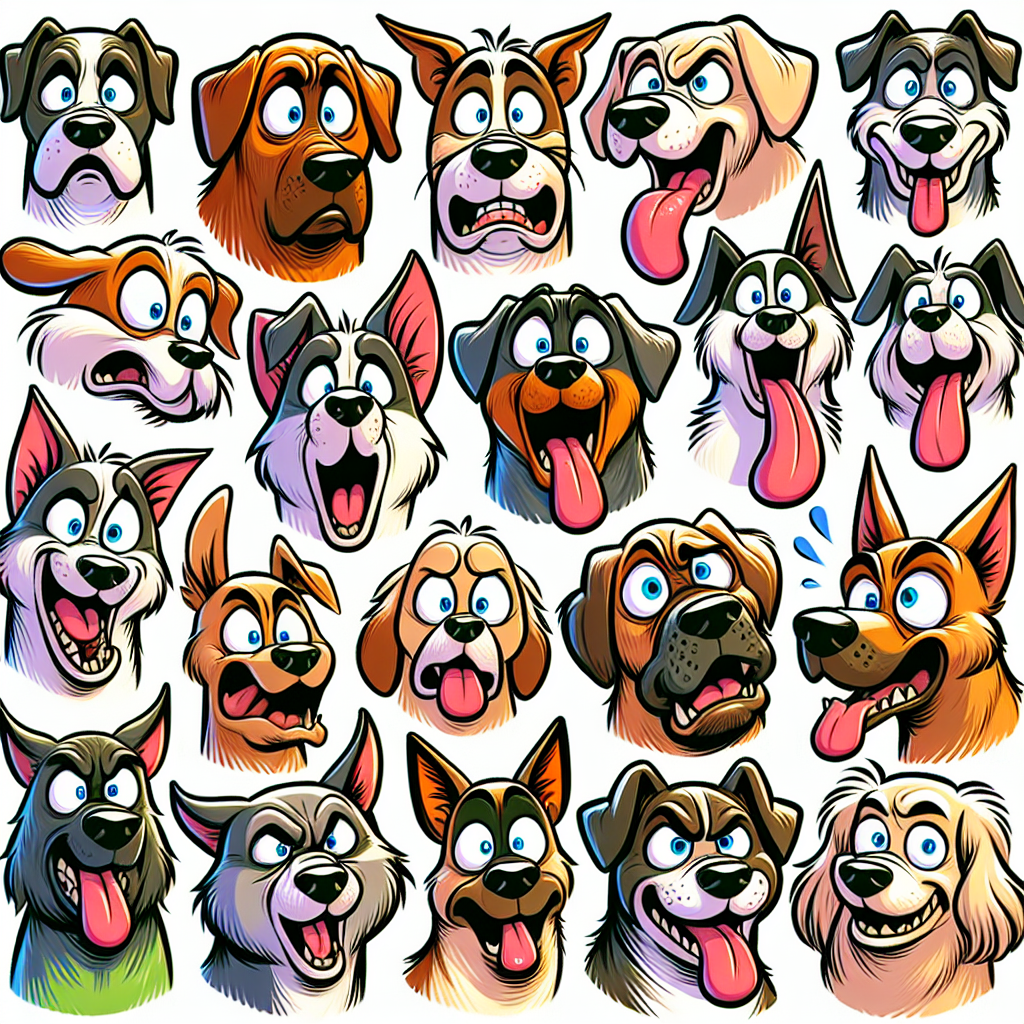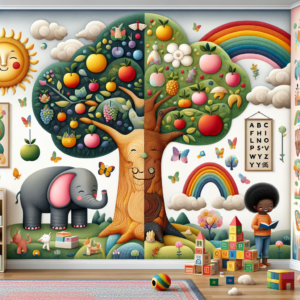Cartooning is a timeless art form that allows artists to bring characters to life through expressive faces and emotions. One of the most beloved subjects in cartooning is dogs, with their lovable personalities and unique features. In this article, we will explore the art of creating expressive dog faces in cartoons, and how you can capture the essence of man’s best friend on the page.
Understanding Dog Anatomy
Before diving into drawing expressive dog faces, it’s essential to have a basic understanding of dog anatomy. Dogs have distinctive features that set them apart from other animals, such as their large, expressive eyes, floppy ears, and snout. Study different dog breeds to get a sense of their unique characteristics and how they vary from one another.
Choosing the Right Expression
When creating a cartoon dog face, the expression plays a crucial role in conveying emotion and personality. Decide on the emotion you want to portray, whether it’s happiness, excitement, curiosity, or mischief. Experiment with different facial expressions and see how they can completely change the mood of your character.
Creating the Base Sketch
Start by sketching out the basic shapes that make up a dog’s face – a circle for the head, ovals for the eyes, a triangle for the nose, and curved lines for the ears. Pay attention to the proportions and placement of features to ensure a balanced and realistic look. Don’t worry about details at this stage; focus on getting the overall shape and structure of the face right.
Adding Details and Features
Once you have the base sketch in place, start adding details to make your dog face more expressive. Add eyebrows to convey emotion, eyelashes for a feminine touch, and wrinkles around the eyes for a more animated look. Experiment with different ear shapes and sizes to give your character a unique personality.
Playing with Proportions
In cartooning, exaggerating proportions can add humor and charm to your characters. Try enlarging the eyes to make your dog look more innocent or giving them a huge smile for a friendly demeanor. Play around with different sizes and shapes to create a design that feels right for your character.
Adding Color and Texture
Color plays a significant role in bringing your cartoon dog face to life. Choose colors that reflect the breed of dog you are drawing, whether it’s a golden retriever, a dalmatian, or a poodle. Experiment with shading and textures to add depth and dimension to your character, making them more realistic and visually appealing.
Practicing Facial Expressions
To master the art of creating expressive dog faces, practice different facial expressions and emotions. Study photos of dogs in various moods and try to replicate their expressions in your cartoons. Pay attention to how subtle changes in the eyes, mouth, and ears can convey powerful emotions and make your character come to life.
Experimenting with Styles
Cartooning allows for endless creativity and experimentation with different styles. Try out different techniques, such as using bold lines for a more dynamic look or soft, pastel colors for a gentle and dreamy vibe. Don’t be afraid to push the boundaries and explore new ways of expressing yourself through your art.
Getting Feedback and Refining Your Skills
Show your cartoon dog faces to friends, family, or fellow artists for feedback and constructive criticism. Take their suggestions into account and use them to improve your work. Don’t be discouraged by negative feedback; instead, view it as an opportunity to grow and enhance your skills as an artist.
Embracing Your Unique Style
Every artist has a unique style that sets them apart from others. Embrace your individuality and let your personality shine through in your cartoon dog faces. Whether you prefer a whimsical and playful approach or a more realistic and detailed style, trust your instincts and create art that resonates with you.
FAQs
1. How can I make my cartoon dog faces more expressive?
To make your cartoon dog faces more expressive, focus on exaggerating features that convey emotion, such as the eyes, eyebrows, and mouth. Play around with different facial expressions and study real dogs to understand how they communicate through body language.
2. I’m new to cartooning. Where should I start when drawing dog faces?
Start by familiarizing yourself with basic dog anatomy and proportions. Practice sketching different breeds of dogs and pay attention to their unique features. Experiment with different styles and techniques to find what works best for you.
3. How can I improve my shading and coloring techniques for cartoon dog faces?
Practice shading and coloring on a regular basis to improve your skills. Study how light and shadows interact on different surfaces and objects. Experiment with different mediums, such as colored pencils, markers, or digital tools, to find what works best for you.
4. Are there any resources or tutorials that can help me learn more about cartooning dog faces?
There are plenty of online resources and tutorials available to help you learn more about cartooning dog faces. Websites like YouTube and online art communities offer a wealth of videos and tutorials that can guide you through the process step by step. Additionally, books and courses on cartooning can provide valuable insights and techniques to help you improve your skills.
Creating expressive dog faces in cartoons is a fun and rewarding art form that allows you to bring characters to life on the page. By understanding dog anatomy, choosing the right expressions, and experimenting with styles, you can create unique and memorable characters that capture the hearts of your audience. Embrace your creativity, practice regularly, and don’t be afraid to push the boundaries of your art. With dedication and passion, you can master the art of cartooning and create expressive dog faces that resonate with viewers of all ages.







+ There are no comments
Add yours